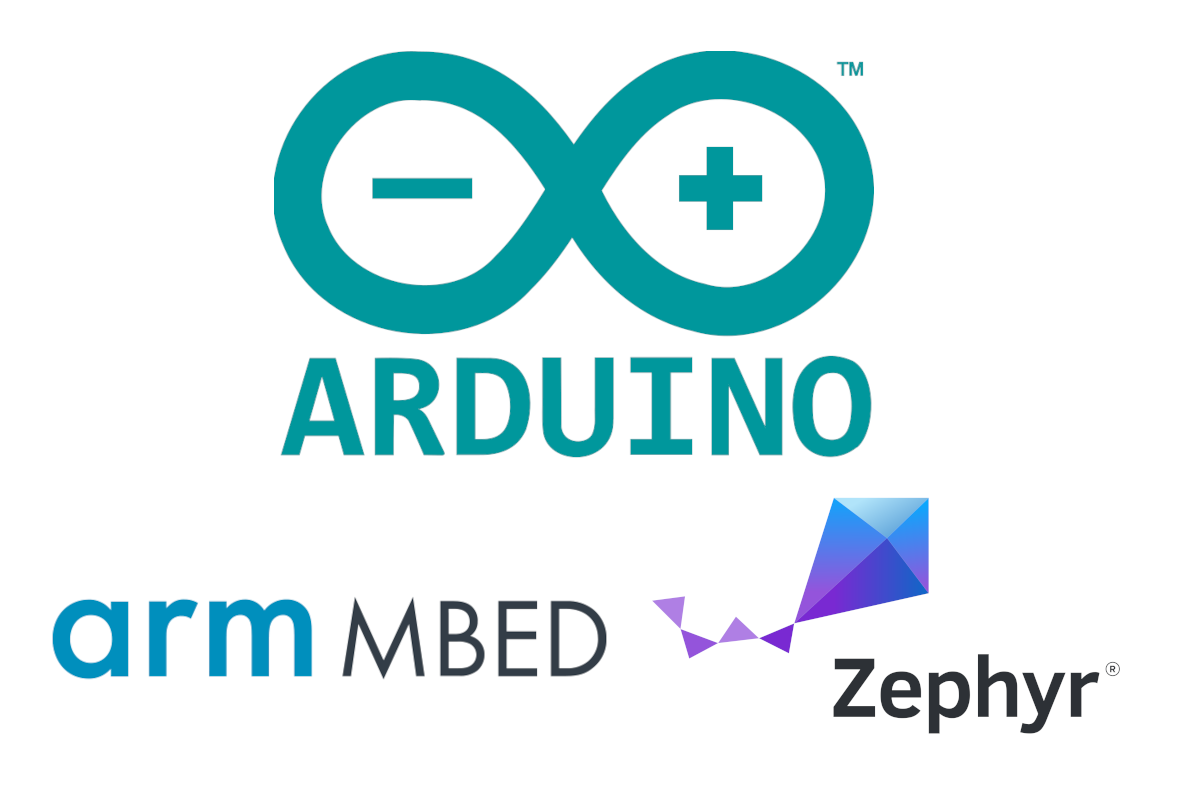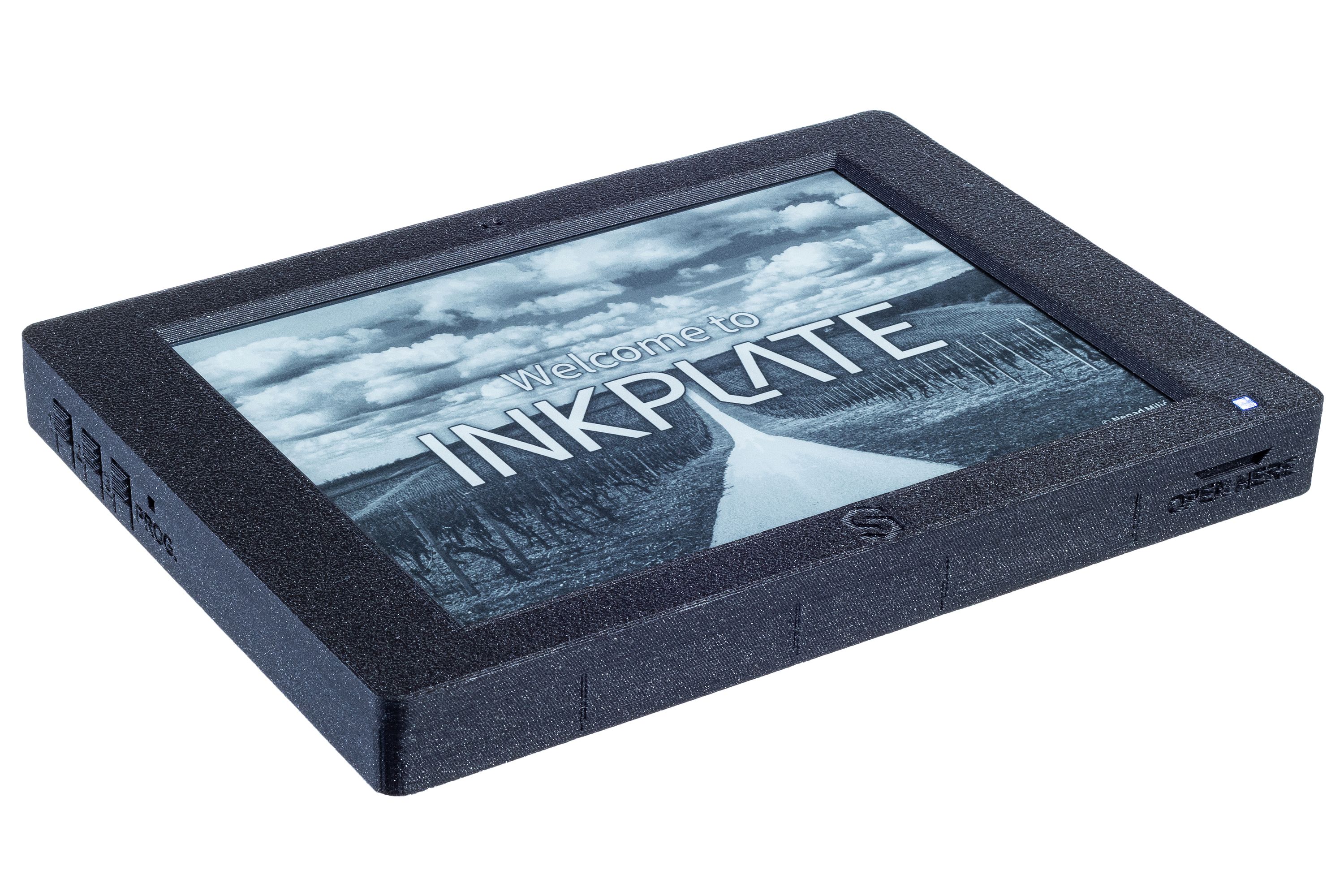The “Rejeee multiple external temperature sensor for LoRaWAN” is a LoRaWAN solution for temperature sensing that includes three waterproof DS18B20 temperature sensors that could be useful for cold storage, kitchen, and greenhouse monitoring. The device has a waterproof design that can withstand moisture and wet environments, is equipped with sensors measuring temperature within the -40°C to 125°C range, plus low-power LoRaWAN connectivity and Lithium AA batteries that can last up to five years when sending data every 10 minutes. Rejeee multiple external temperature sensor for LoRaWAN specifications: Microcontroller – Unnamed Arm Cortex-M MCU; potentially STMicro STM32L151 Cortex M3 @ 32 MHz based on another temperature sensor from Rejeee. LoRaWAN Data Rate – 300 bps ~ 62.5 kbps Transmit Power – 22 dBm Max. Receiver Sensitivity – -140 dBm (BW = 125 kHz, SF12) Operating Frequency – LF: 433 ~ 510 MHz; HF: 863 ~ 928 MHz Bands EU868, IN865, RU864 […]
Flipper Zero hacking tool gets CAN bus add-on board for vehicle diagnostics and security research
Electronic Cats’ Flipper Add-On CANBus is a new add-on board for the Flipper Zero adding CAN bus communication to the popular wireless hacking tool. Built around the MCP2515 CAN controller chip this add-on card communicates with the Flipper Zero through an SPI interface. It allows users to sniff, send, and log CAN bus packets directly from the Flipper Zero, which means now you can analyze and manipulate CAN bus traffic for vehicle diagnostics, security research, and DIY projects. Previously we have seen Flipper Zero add an RP2040-powered video game module, and before that, we noted the developers launched their own app store with open-source apps. Additionally, we have written about Flipper Zero alternatives such as the M1 multitool so feel free to check those to know more about those solutions. Electronic Cats Flipper Add-On CANBus specifications Compatibility – Flipper Zero CAN Controller – Microchip MCP2515 CAN bus controller with SPI […]
Arduino to switch from Arm Mbed to Zephyr RTOS
Following Arm’s decision to stop supporting Mbed from July 2026 onwards, Arduino has now decided to use Zephyr RTOS instead of Arm Mbed for Arduino boards that rely on the latter including Arduino GIGA, Arduino Nano 33 BLE, Arduino Nano RP2040 Connect, as well as Arduino PRO boards/solutions such as the Portenta, Nicla, and Opta families. Note that Arduino UNO, MKR, and Nano families are not impacted by the change since their Arduino Core implementation does not rely on Mbed. The change is not going to happen overnight as software development takes time, and Arduino plans to release the first beta based on ZephyrOS by the end of 2024. and a rollout for various boards starting in 2025 long before Arm Mbed is phased out for good. Arduino is not new to the Zephyr project as the company became a Silver member last year, and they were aware that Arm […]
Elecrow LR1262 development board combines Raspberry Pi RP2040, SX1262 LoRaWAN module, and 1.8-inch LCD
Elecrow LR1262 development board combines a Raspberry Pi RP2040 microcontroller with the company’s LR1262 LoRaWAN module based on STM32WL LoRa SoC with support for 868 and 915 MHz frequency bands, and a 1.8-inch LCD. The board also offers an RS485 terminal block to connect sensors and actuators, plenty of connectors and headers for further expansion, several buttons for user control, and LEDs for debugging/monitoring. Elecrow LR1262 development board specifications: MCU – Raspberry Pi RP2040 dual-core Arm Cortex-M0+ @ 133MHz built-in 264KB SRAM Storage – 4MB flash Display – 1.8-inch 128×160 TFT LCD using ST7735S 4-wire SPI driver Wireless – Elecrow LR1262 LoRaWAN module MCU – STMicro STM32WLE5CCU6 Arm Cortex-M4 32-bit, 256 KB Flash, 64KB RAM RF transceiver – Semtech LX1262 Frequency band – 150 MHz to 930 MHz (Note: the board itself is advertised as supporting 803MHz to 930MHz: IN865, EU868, AU915, US915, KR920, RU864, and AS923) LoRaWAN protocol – […]
NDAA-compliant NVIDIA Jetson Orin NX and Nano bundles target drones
ARK Electronics has recently introduced NDAA-complaint NVIDIA Jetson Orin NX and Nano bundles designed for drones with the company’s Jetson PAB (Pixhawk Autopilot Bus) carrier board, an ARKV6X flight controller, and an SSD preloaded with NVIDIA Jetpack and the ARK UI. I’ve come across the board following a post on X pointing to an article on Tom’s Hardware about the US passing a bill called “Countering CCP Drones Act” that would effectively ban DJI drones in the US. DJI is supposed to have a 90% market share of the U.S. hobby market, a 70% market share of the industrial market, and an over 80% market share of the first responder market, so not everybody will be happy if the bill passes in the senate and becomes enacted by the US president. But US companies making NDAA-compliant hardware and drones may bit mind, and that’s how I discovered ARK Electronics NVIDIA […]
$3.40 WeAct STM32WB55 board offers Bluetooth LE 5.4 and 802.15.4 (Thread/Zigbee/Matter) connectivity
WeAct STM32WB55 is an inexpensive development board based on STMicro STM32WB55 Arm Cortex-M4 wireless SoC with Bluetooth LE 5.4 and an 802.15.4 radio for Zigbee, Thread, and Matter connectivity that sells for just $3.40 shipped. STMicro STM32WB55 wireless microcontroller was introduced in 2019, and we have covered a few development boards such as the official P-Nucleo-WB55 development pack, the STM32WB-Feather board, and the MRK-SharkyPro following the Arduino MRK form factor. All those boards would go for about $40, but thanks to China manufacturing and procurement “magic” and the cutting of a few features, the WeAct STM32WB55 board sells for just a fraction of the price making it even cheaper than the company’s ESP32-H2 board with similar connectivity options. WeAct STM32WB55 specifications: Wireless MCU – STMicro STM32WB55CGU6 CPU Arm Cortex-M4 application core @ 64 MHz Arm Cortex-M0+ Bluetooth co-processor @ 32 MHz Memory – 256 KB of SRAM Storage – 1 […]
Apple’s Embedded Swift programming language supports ESP32-C6, Raspberry Pi RP2040, STM32F7, nRF52840 microcontrollers
Apple has released a beta version of Embedded Swift that notably works with Espressif ESP32-C6 wireless RISC-V microcontroller, and the company also built a Matter sample based on ESP-IDF and ESP-Matter SDKs. Embedded Swift is not limited to the ESP32-C6 and supports other microcontrollers from STMicro, Raspberry Pi, Nordic Semi, etc… Apple Swift programming language is mostly designed for mobile app development, but we’ve also seen it being used on Mad Machine’s SwiftIO board powered by a 600 MHz NXP i.MX RT1052 Arm Cortex-M7 crossover processor and the tiny SwiftIO Micro launched a few years later. The company has now decided to create a subset of the Swift programming language better suited to microcontrollers simply called Embedded Swift that’s currently working on STMicro STM32F746, Raspberry Pi Pico, nRF52840, and ESP32-C6. The “Go small with Embedded Swift” presentation at WWDC 2024 shows how to get started with Embedded Swift using Espressif […]
Inkplate 6 MOTION STM32-powered wireless e-paper display offers higher resolution and faster refresh rates (Crowdfunding)
The Inkplate 6 MOTION is a new product from Soldered Electronics in their Inkplate series of wireless e-paper displays. It is a 6-inch e-paper display with a partial refresh rate of 11fps which reduces obvious latency in rendering dynamic content such as videos, animations, and scrolling text. The display is driven by an STMicroelectronics dual-core STM32H743 microcontroller, with an ESP32-C3 as a secondary processor. It features Wi-Fi and Bluetooth for networking and a host of peripheral interfaces for physical connectivity. It includes several sensors such as a rotary encoder for quick navigation, a gravitational accelerometer with a gyroscope for tracking device orientation, and a motion detection sensor. We covered the original Inkplate 6 display when it launched on Crowd Supply in 2019. The Inkplate 6 is much less expensive than the new model but has a lower screen resolution (800 x 600 px) and slower refresh rates (256ms). Furthermore, it […]










